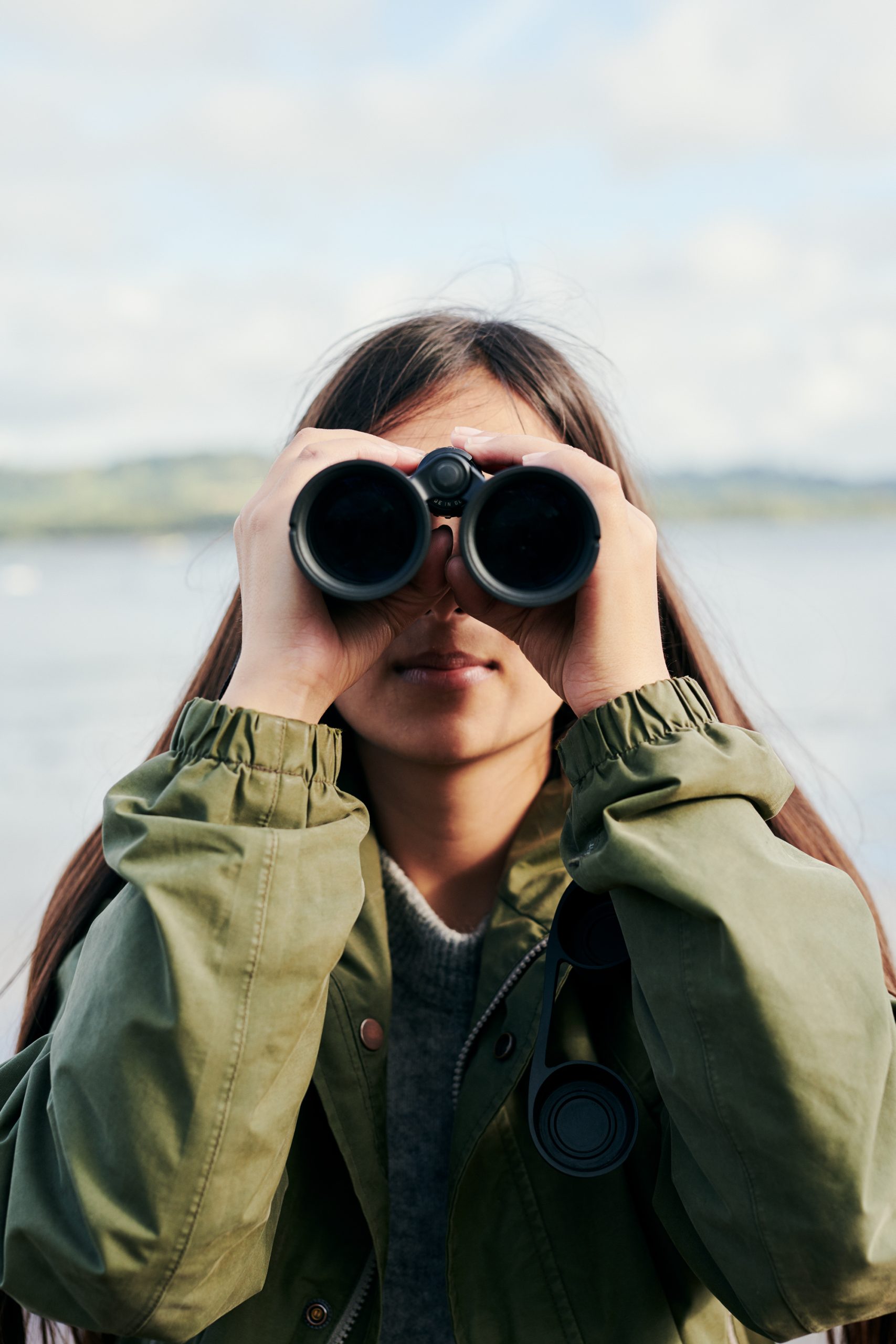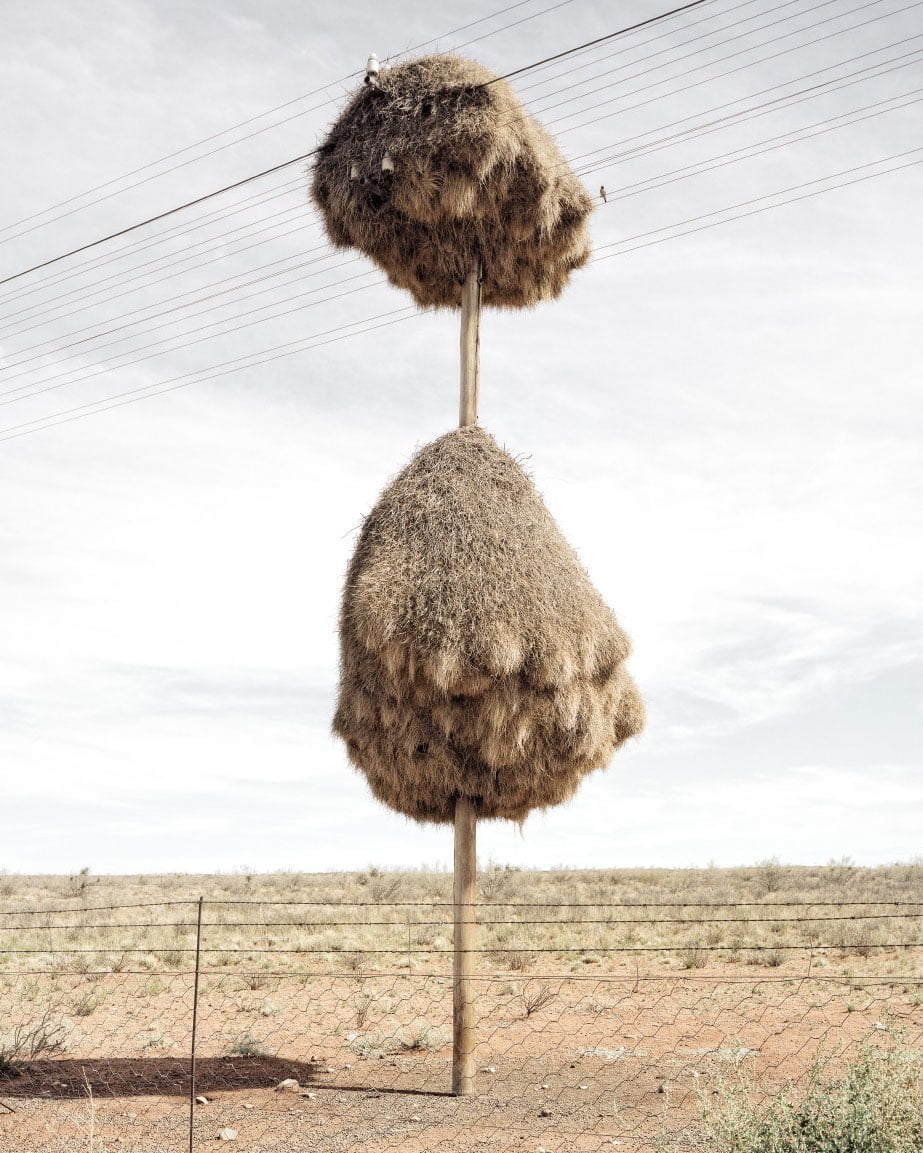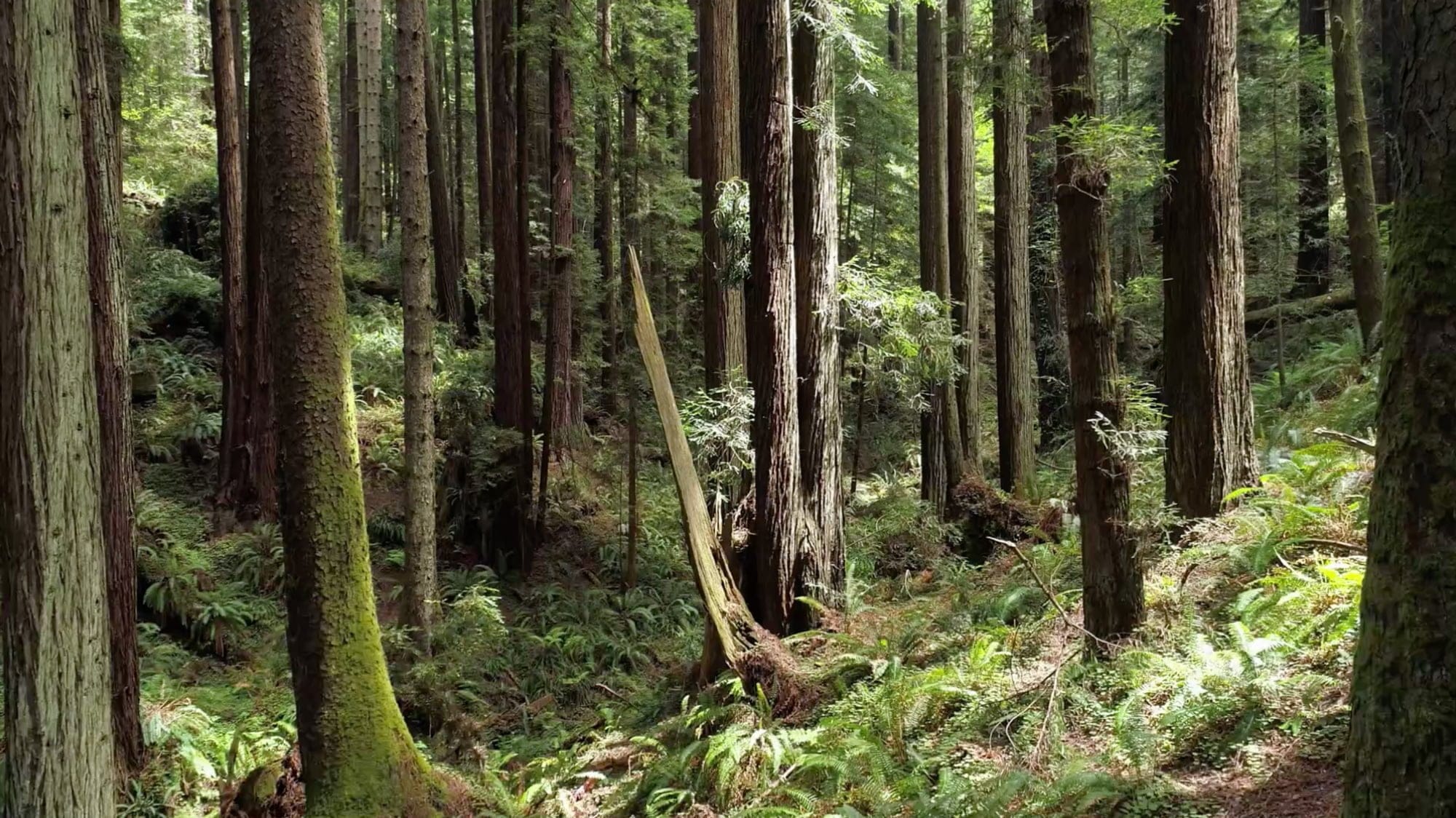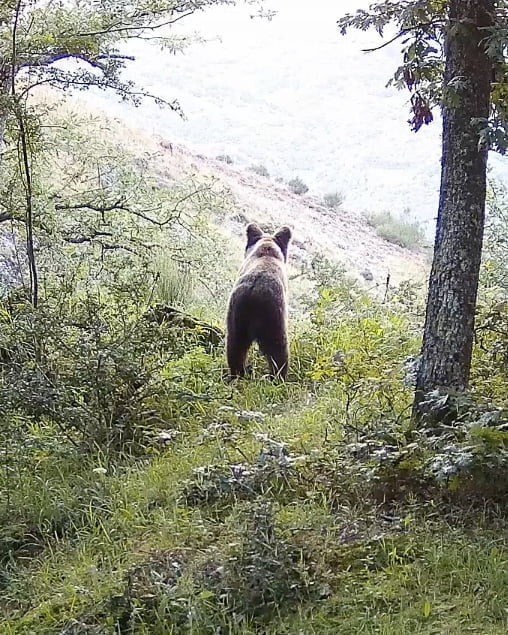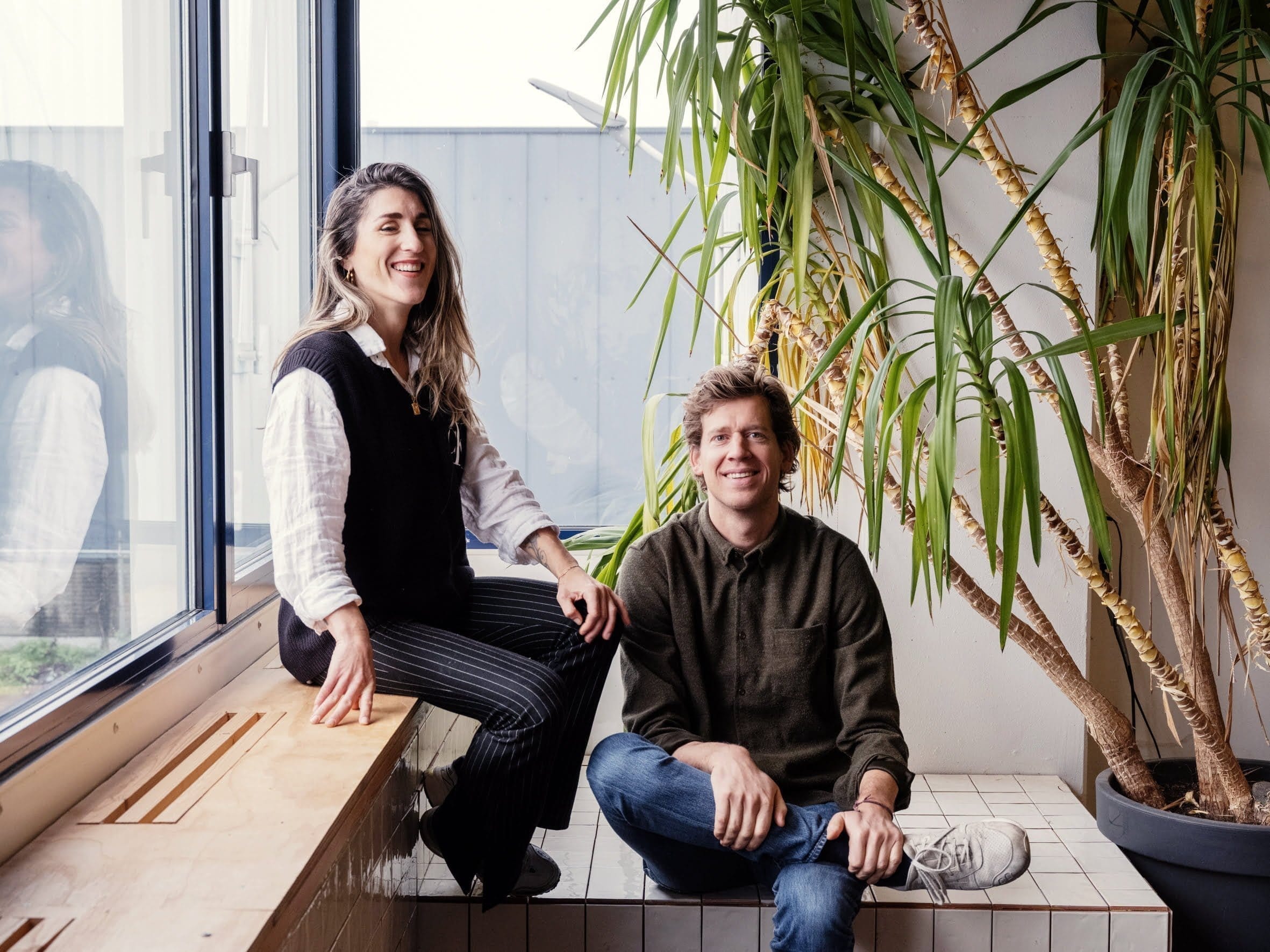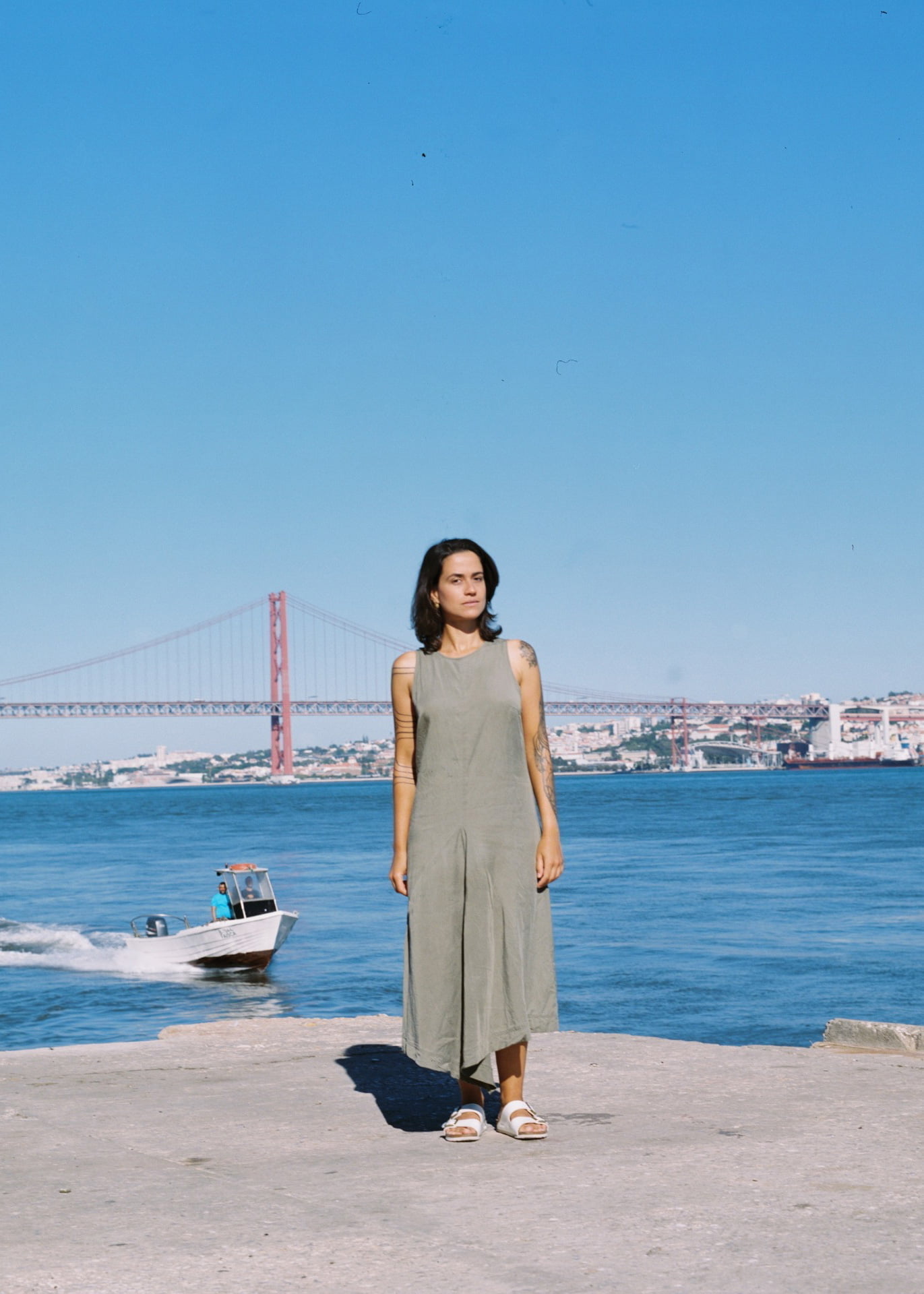For birder and environmental activist Mya-Rose Craig — aka Birdgirl — watching, listening to, and understanding our feathered friends is not just a path to better mental health, but a clarion call for climate action.
There aren’t many people that have led a solo climate protest in the northernmost tip of the planet, written a highly acclaimed memoir, and founded a charity by the tender age of 20. Driven by hope and determination, Mya-Rose Craig has gone from a humble birder to become a powerful voice of change.
When and why did you first get into birding?
I have been birdwatching my whole life. My mum was birdwatching when she was pregnant, and we went on our first trip together when I was nine days old. It’s just always been this presence in our family — there’s a family legend that Mum and Dad were late for their wedding because they were birdwatching. One of my first words was birdie.
“Birds are just so beautiful, even the slightly boring-looking ones”
I remember sitting down to write my book, Birdgirl, documenting the thousands of birds I’ve seen in the wild and thinking I must explain where this all started. But I couldn’t. It’s just been this consistent thread running through my life.
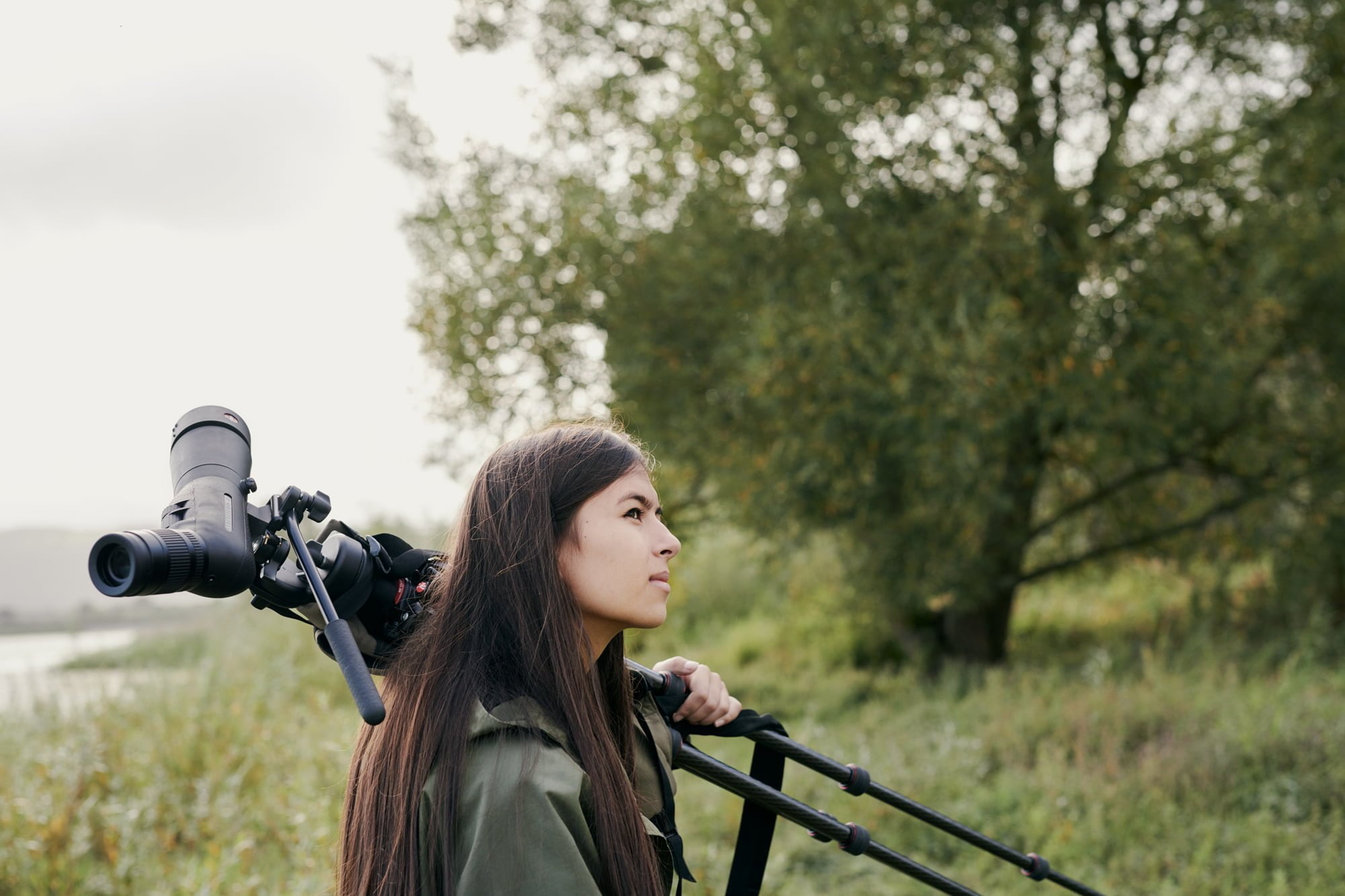
What is it about birds that repeatedly draws you to them?
Birds are just so beautiful, even the slightly boring-looking ones, like the small brown ones, if you look closely enough, they hold intricate beauty. It would be a very boring world if we didn’t have birds flying around. Their prevalence is appealing, too. You can sit anywhere and eventually you will see a bird, even if it’s just a pigeon or a seagull. That makes birds a great contact point with nature compared to insects and mammals that can be hard to see or identify. Sometimes, we think there aren’t birds, particularly in urban environments, but that’s because we’re not looking!
What are your favourite bird species?
In the UK, I’ve become a bit of a defender of the LBJs, Little Brown Jobs, as birdwatchers call them. These are the sparrows, the wrens, and the dunnocks — more people should give them a chance. But my all-time favourite species is probably the harpy eagle. It’s the largest raptor in the world. I first wanted to see one when I was eight and finally managed when I was 17. We were in Brazil watching a nest near the airport on the last day of our trip, not expecting to see an eagle because they are so rare, and then suddenly there it was. Having read that they pluck monkeys out of treetops to eat I remember wondering whether we looked like monkeys staring up from below.
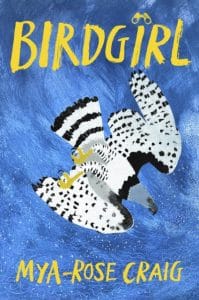
Mya-Rose Craig’s book, Birdgirl, is a moving memoir and uplifting account of a life devoted to avian observation as she reveals how her passion enabled her to cope with personal life challenges. On sale across major booksellers now.
“I’m terrible at yoga or meditation, but I enjoy being in nature and taking it all in”
How does birdwatching make you feel?
When I was a kid, my parents made birdwatching into an adventure – it was exciting and intriguing; you didn’t know what you were going to find. Now I’m older, I call it my version of mindfulness. I’m terrible at yoga or meditation, but I enjoy being in nature and taking it all in. There are so many mental health benefits to being outdoors. I explore that in a lot of detail in the book, especially because birdwatching has helped my mum with [being] bipolar.
What are your tips for any want-to-be birdwatchers out there that don’t know much about it?
So many people say ‘I don’t know where to start because I don’t know what anything is’, but I remind them it’s called birdwatching not bird-identifying. You don’t have to know what you’re looking at to appreciate birds. The more you look the more you’ll probably learn (if you want to know the names at all). Either way, looking out for birds will help anyone to be more present in nature – it’s a vehicle for learning how to be in the moment.
“I’m half Bangladeshi and never saw anyone that looks like me out in the countryside”
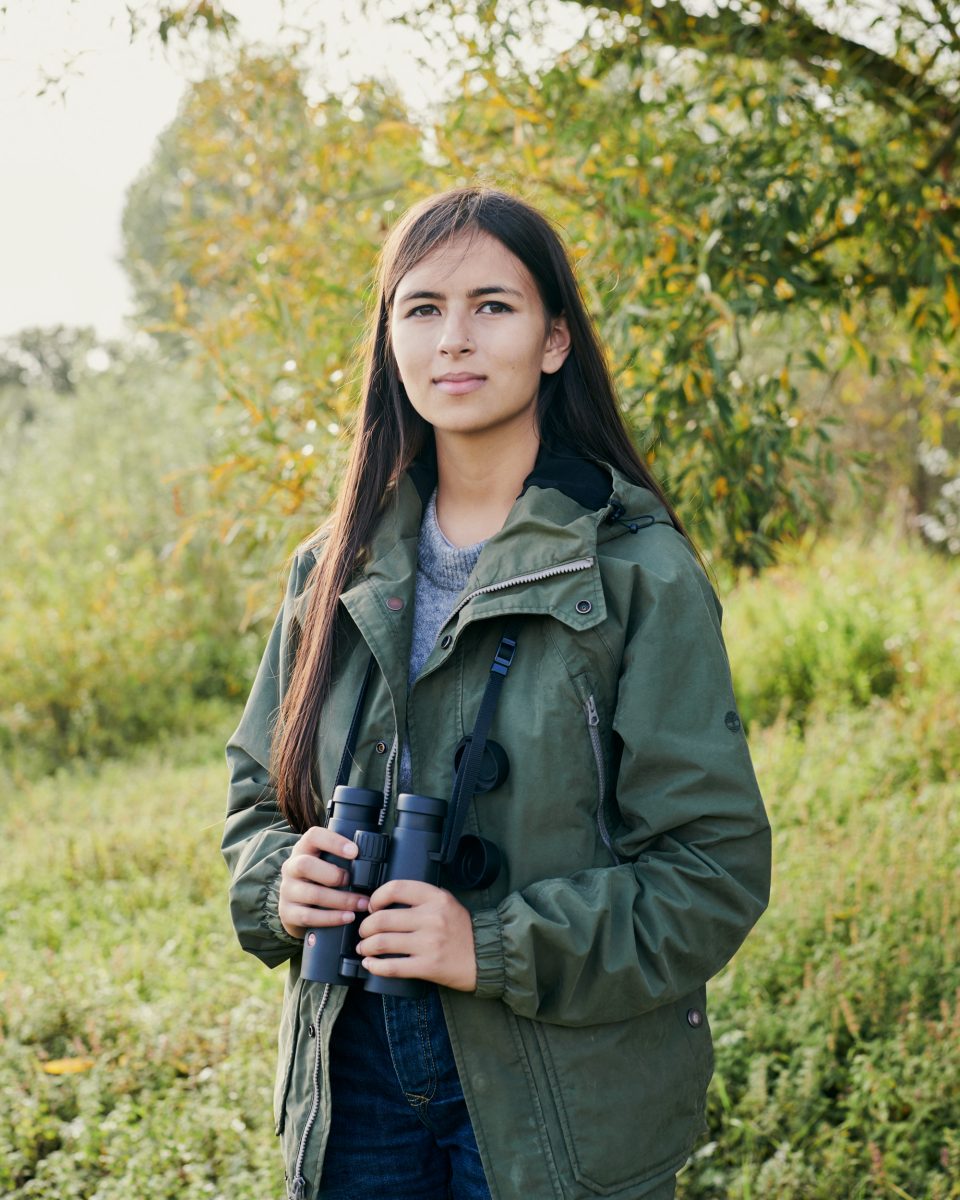
How did birding lead to your climate activism work and establishing the charity Black2Nature?
I set up Black2Nature because I’m half Bangladeshi and never saw anyone that looks like me or my family out in the countryside. I did a bit of research and soon realised it’s a huge issue that requires systemic change. The charity’s approach is two-sided. Firstly, we run grassroots camps working with kids that wouldn’t otherwise get out in nature. Secondly, we drive inclusivity campaigns working with different sectors and organisations. On one side, I really want the environmental sector and countryside to embrace diversity, and on the other, I want to encourage people from ethnic minorities to get out into nature. The bottom line is getting more people in the great outdoors loving the natural world.
And how does your climate activism work connect with your love of birds and the Black2Nature project?
All the activism I get involved in comes from the birds. I grew up with this incredibly close relationship with nature through birding and so when I realised that I had a platform online, thanks to a blog I created to make new birding friends, I knew I had to channel my work towards protecting the planet and environment that I love. In terms of the Black2Nature work, I feel like the reason lots of people aren’t engaged in the climate crisis is because they cannot relate to it. How can we protect biodiversity if we don’t know what biodiversity looks like?
And how did this activism lead you to the Arctic on a Greenpeace boat?
Yeah, that was a bit bonkers! It was both a strange and incredible experience living on the Greenpeace boat Arctic Sunrise researching marine life and ice melts around the Arctic for six weeks. I nearly didn’t go because I was so busy but cancelled everything when I realised the urgency — the Arctic ice is estimated to be gone entirely by the time I’m in my mid-30s.
The journey was upsetting because this vast icescape is melting right in front of your eyes. I was so angry that it drove me to lead a solo climate protest out on the ice to coincide with a worldwide youth climate strike. It was quite daunting. There were all these reports saying I bet she’s only on the ice for a moment but I was out there for about five hours. It was a moving moment with the planet.
Most of my anger with the climate crisis is rooted in the fact that it could have been solved by now – it could have been solved before my lifetime. There are so many solutions but none of them are being put in place.
“We need more people and more volume to drive change”

What do you wish people did more of when it comes to climate action?
I wish people would strike, boycott, and protest. Climate change is a systemic and institutional problem. There are 100 companies responsible for over 70% of carbon emissions so this is not something that individuals alone can or should have to solve. I think lots of people care but it doesn’t necessarily translate into action. COP26 is a classic example; there was so much talk but where’s the follow up? The most inspiring part of the whole conference was the grassroots action; the protests on the streets. We need more people and more volume to drive change. It’s not just up to the youth to fix this.
Is there one bird or wildlife story that brings home the urgency of the climate crisis?
The spoon-billed sandpiper, or ‘spoonie’, as it’s affectionately known, has been devastated by the destruction of habitats and hunting across its migration route from the Russian tundra to the Bangladeshi mudflats, representing the enormous challenges we’re creating for the natural world. However, it is also a nice story of hope demonstrating what can be achieved when lots of scientists and conservationists work together.
I got involved in a campaign to save the spoon-billed sandpiper several years ago when scientists realised there were only 200 left in the world. My local Wildfowl & Wetlands Trust (WWT) centre in Slimbridge, Somerset played a role in preventing extinction by bringing 13 chicks back to the UK. Thanks to a ‘headstarting’ programme in Russia, where the tiny bumblebee-like chicks are supported until the fledge, the population has increased to 800. Although still critically endangered, spoonies have been brought back from the brink. There’s so much more we could save if we work together.
Thanks to the Charleston Trust and its Charleston Garden Festival for hosting 5 Media to conduct this interview.

A spoon-billed sandpiper. Photo: ken– / CC BY
For fledgling birders
Find out all about Mya-Rose Craig and her conservation work here.
BirdgirlGet your birdwatching hobby off the ground with excellent tips from the Royal Society for the Protection of Birds.
Start here